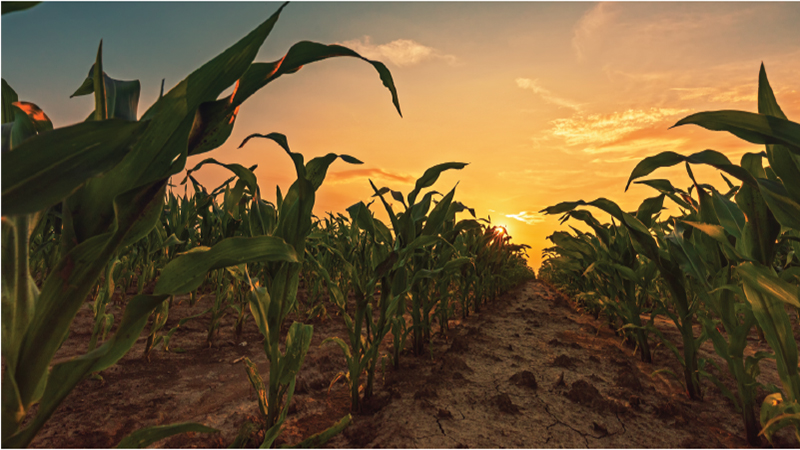Soil Compaction Restricts Rooting Depth and Access to Nutrients, Moisture
Soil compaction is a problem that can often cause reduced crop yields without being easily noticed, writes Tom Jensen, Director, North American Program, International Plant Nutrition Institute. It can restrict crop rooting depth and turn a normally deep productive soil into a less productive shallow soil.
Most agricultural top soils have “bulk densities” of around 1.2 g per cubic centimeter, in which roots can grow and penetrate with little difficulty. Compacted soils have bulk densities greater than 1.8. Roots can stop growing at this level of compaction.
To review, soils are physically made up of three main parts:
- Minerals (~45%), originating from weathered rocks, usually a mix of sand, silt, and clay particles.
- Pore space (~50%), the space between soil particles, normally half filled with water and half filled with air.
- Organic matter (~5%), including weathered humus material, decomposing crop residues, and soil organisms or biomass.
The pore space in most agricultural soils is made up of different size classes, but they can be simplified into what are called macro and micro pores. Roots grow into and within soil macro pores. A compacted soil will have many of the macro pores squished to the extent that they effectively become micropores. A normal soil can have up to 40% porosity, compared to a compacted soil that can soil porosity as low as 5 to 10%. Crop roots grow downward until they contact a compacted soil layer, then grow sideways. Sometimes this can happen at soil depths as shallow as 6 in. or 1 ft. (15 or 30 cm).






